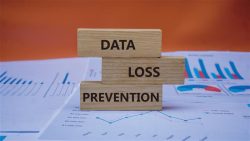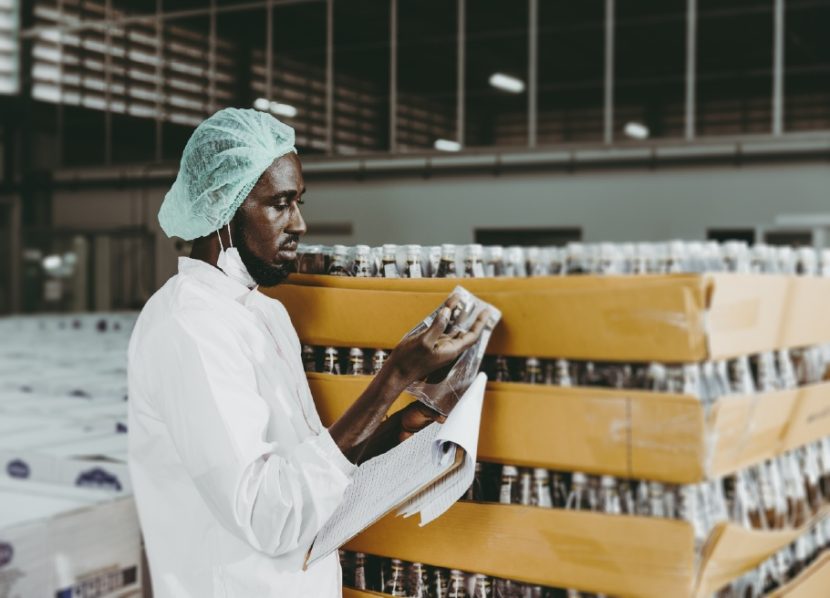Building Resiliency in Your Supply Chain: Three Simple Steps
By Alex Hanley
Who would have thought five years ago that “supply chain issues” would become a common household phrase? Things certainly have changed with the pandemic and the war in Ukraine.
Food manufacturers are all too familiar with supply chain interruptions. Fires, flooding, tornadoes, and ice storms have been around for as long as manufacturing, but even the most weathered pros find themselves in uncharted territory with the current depth and complexity of supply chain interruptions.
Industry experts probably didn’t expect that a container shortage would impact the movement of goods around the world.
“This is not a new problem. Life in the supply chain is dealing with surprises every day. Ninety-nine percent of those don’t make the headlines,” said Trevor Conners, Vice President of Procurement, Hearthside Food Solutions.
Single suppliers are a great way to manage risk because you can trust their long track record, feel confident in the familiar, and it’s easier to manage bumps on the road within an ongoing relationship. But while one might like the comfort of a single, dependable, trusted supplier, the reality is that having a single supplier poses a greater risk than ever before.
For smaller companies, who may not have a full-time Supply Chain Team or an extensive supplier network, creating a short path to supplier approval might be your best bet.
Companies also used to rely on a single process to select new and emergency suppliers. To avoid a breakdown, your best offence is to act now to build resiliency in your supply chain.
Good decisions come from strong positions.
You can start strengthening your supply chain with a few steps:
1. Start the internal conversation.
Building a resilient supply chain doesn’t happen in a silo – it’s a multidisciplinary task. Procurement can’t do it on their own. Maintenance knows which spare parts are critical to production and are hard to source. Production understands how much flexibility you have with any raw material attributes.
-
- Engage Procurement and Quality: get both on the same page. Quality must play with a speedy approval process. A rigid program won’t work.
- Start thinking about where your supply chain may have vulnerability. While it would seem obvious to focus on your biggest suppliers and total spend, it’s also extremely important to think of custom materials that might not be available off the shelf. Flag any area where you have a single supplier of an essential product.
- Conduct a good risk assessment and be sure to look at every aspect. Don’t forget that small value items can be pivotal and often get overlooked.
2. Shorten the path to material approval in a crunch situation.
A crunch is no time to develop a strong process or improvise. Create a backup plan, which will mean doing some pre-work. Identify what you can do now to prepare.
There are two guiding principles when creating Plan B:
- Principle #1: Don’t cut corners or compromise food safety.
- Principle #2: Don’t be a stickler. If a situation is “business critical,” it isn’t time to dig your heels on a technicality. You need to work with other departments to find a solution that works for all.
For larger companies who already have a wide network, odds are an existing supplier can fill the gap by matching a ‘scarce’ raw material. Plan B might be as simple as working with an existing supplier on approving a material new to them. This is so much simpler than approving a new supplier.
“One of the first things we do is to lean on the people we already know,” Conners said. For smaller companies, who may not have a full-time Supply Chain Team or an extensive supplier network, creating a short path to supplier approval might be your best bet.
Pro Tips – Creating a Robust Supply Chain Program
- If you don’t have a Supplier Questionnaire, make one ASAP. This one is low-hanging fruit. This ensures all the most important questions are at your fingertips.
- In a supplier questionnaire, companies often duplicate the work done by certification. When you are looking for a short path, focus your questions on the risks specific to the material you are sourcing. For example, you might rely on the auditor’s evaluation of a supplier’s pre-requisite programs rather than asking the supplier to describe each one to you
- Use your supplier questionnaire to decide where to double down rather than trying to get a full picture of a supplier’s food safety management system. If allergen management is the highest risk you’ve identified with a supplier, focus your questions there.
- Make the process as frictionless as possible for your suppliers. Call them and fill out the form together rather than sending them a document and waiting for them to respond.
- Establish some ground rules for sourcing backup suppliers. A “business critical” situation is no time to start internal negotiations about what is and what is not acceptable to the company. Be clear on where you are willing to compromise and what is non-negotiable. Now that you’ve got your team engaged, have a few ground rules established, and have a process in place, you’re ready to connect with potential suppliers.
3. Establish contact with alternate suppliers.
You don’t want to be sending a cold email during a crisis. Incubate the relationship now. Do anything you can to be better prepared to execute rapidly if you need to call on them.
- Bookmark reference websites to find GFSI benchmarked certification if you use that as criteria. Make sure you have the up-to-date contact information for the people you need inside an organization. That includes phone and email. People move around.
- Don’t ask too much of alternate suppliers before you need them. You want to make a good impression while the sea is calm. The positive impact of a simple ask might surprise you.
Whether it’s navigating the unpredictable vagaries of nature or the deep-seated impacts of political upheavals and pandemics, industry leaders are learning to brace for the unexpected. As Trevor Conners aptly puts it, life in the supply chain is full of surprises, and while most don’t grab the headlines, they nonetheless play a crucial role in determining the operational health of an organization.
About the Author:
Alex Hanley, CEO of Navigate Food Safety, is a food safety expert with over two decades in the food industry, most of those as a food safety auditor. He has a deep understanding of food safety management systems and certification and has performed more than 1,000 HACCP, quality systems, and food safety audits covering multiple categories, in addition to traveling the world designing, implementing, and auditing best practices for manufacturers of every scale.

-
 FeaturedRisk management
The Cost of a Breach: What a Cyberattack Could Mean for Food Safety Recalls
FeaturedRisk management
The Cost of a Breach: What a Cyberattack Could Mean for Food Safety Recalls
-
 FeaturedRisk management
Securing the Food Chain: How ISO/IEC 27001 Strengthens Cybersecurity
FeaturedRisk management
Securing the Food Chain: How ISO/IEC 27001 Strengthens Cybersecurity
-
 FeaturedRisk management
Revolutionizing Food Safety Training: Breaking Out of the “Check-the-Box” Mentality
FeaturedRisk management
Revolutionizing Food Safety Training: Breaking Out of the “Check-the-Box” Mentality
-
 GFSI Standards
GFSI 2025: Building Trust, Tech-Forward Solutions, and Global Unity in Food Safety
GFSI Standards
GFSI 2025: Building Trust, Tech-Forward Solutions, and Global Unity in Food Safety
-
 FeaturedFood Safety
Integrated Pest Management: Strategies to Protect Your Brand’s Reputation
FeaturedFood Safety
Integrated Pest Management: Strategies to Protect Your Brand’s Reputation
-
 FeaturedFood Safety Culture & Training
No Open Door Policy: Challenges That Impact Pest Control in Food Processing Plants
FeaturedFood Safety Culture & Training
No Open Door Policy: Challenges That Impact Pest Control in Food Processing Plants




